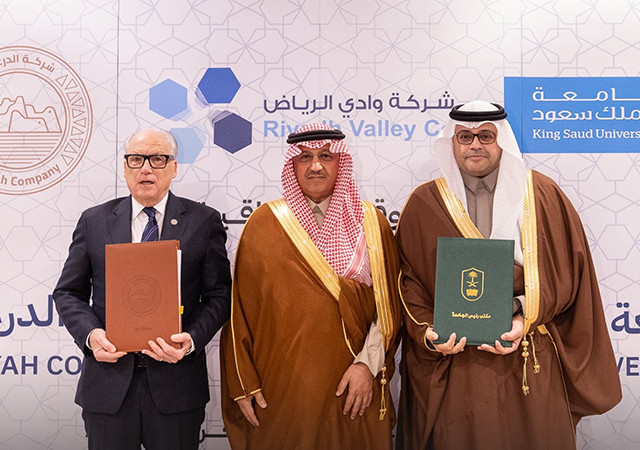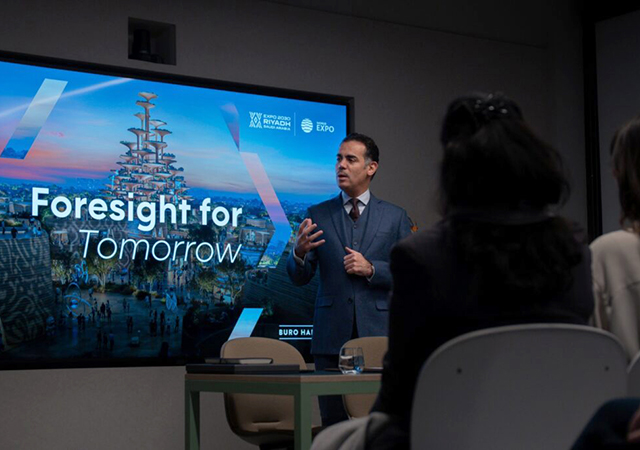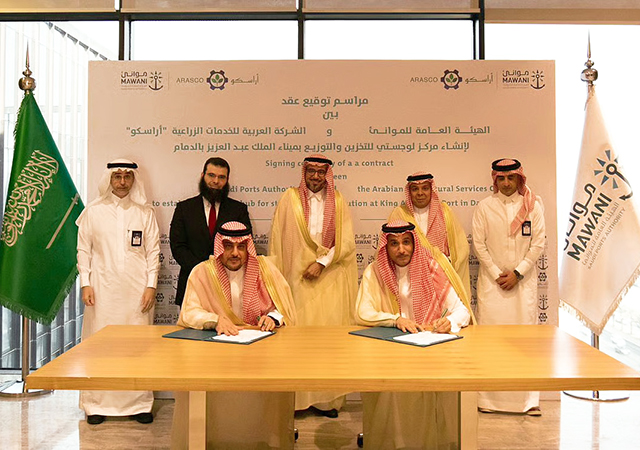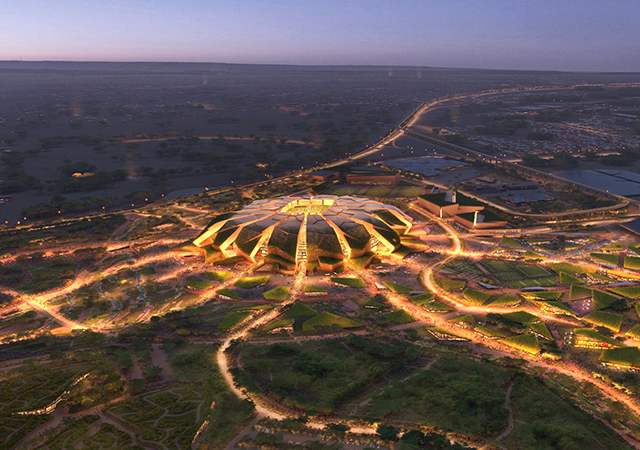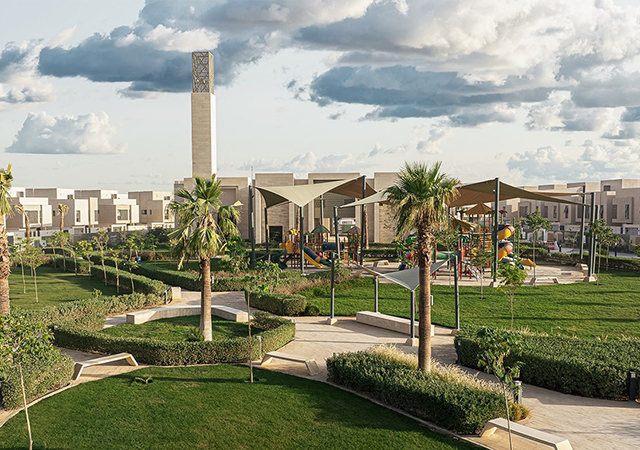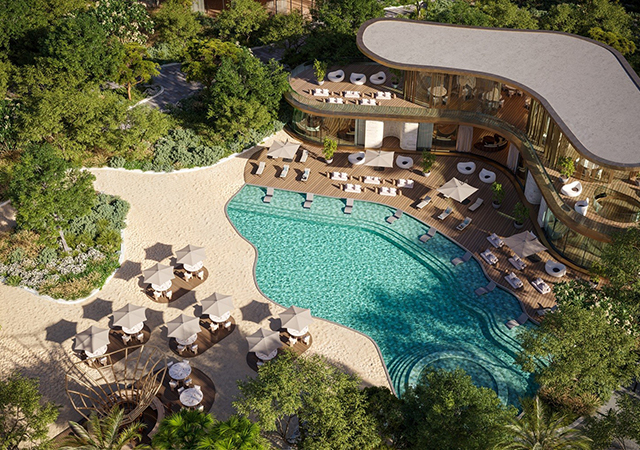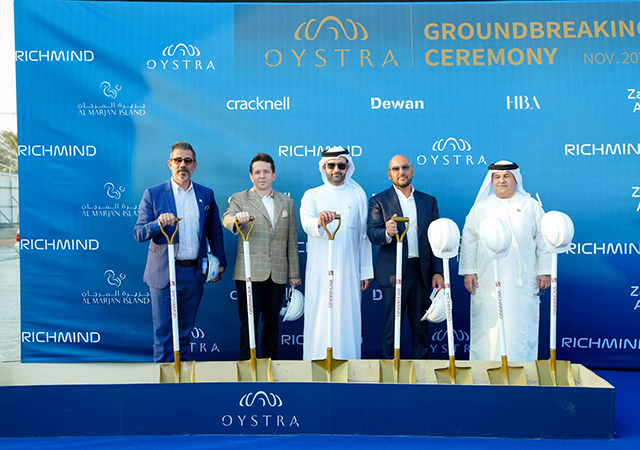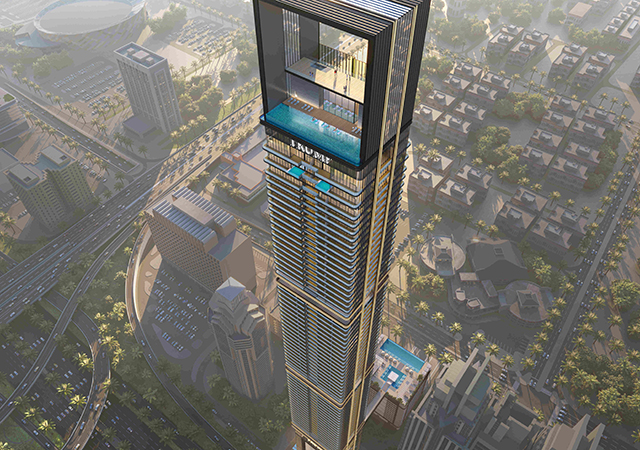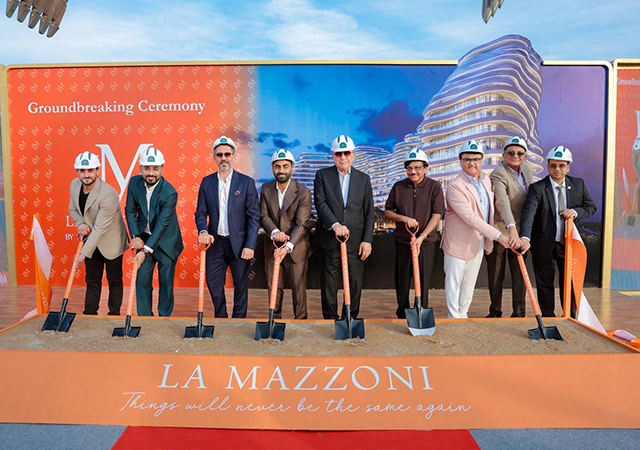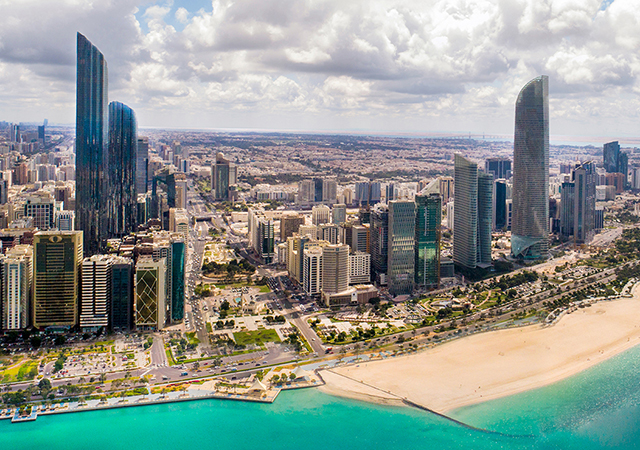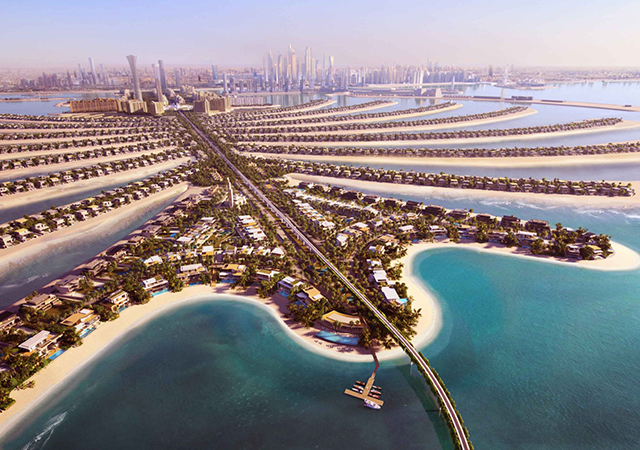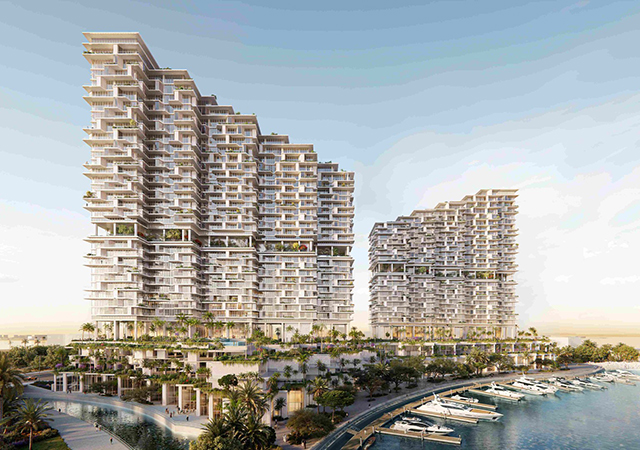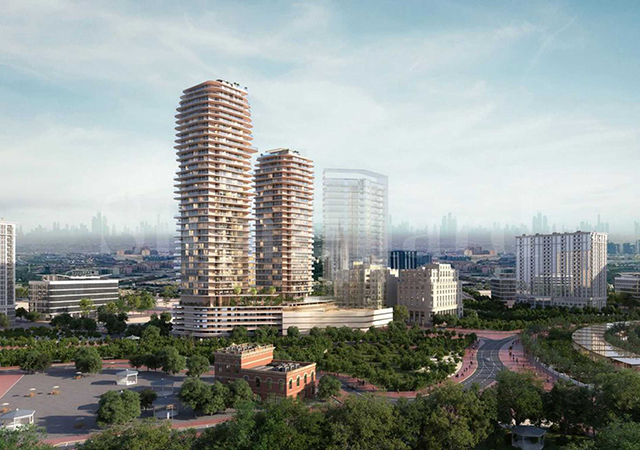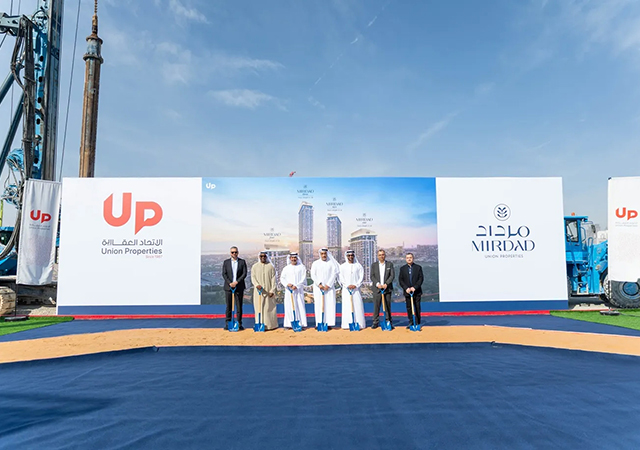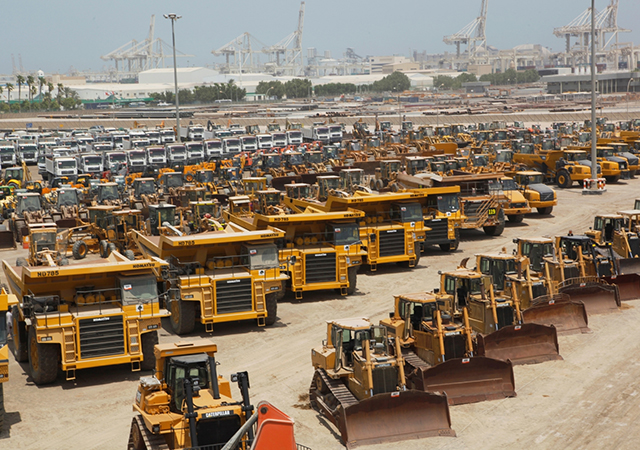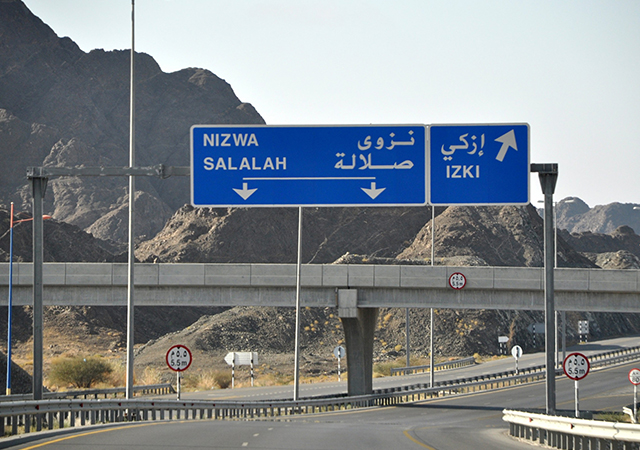
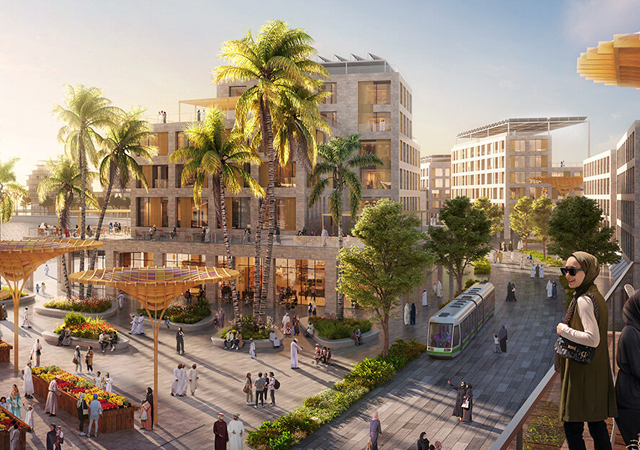 New City Salalah will encompass 3.5 million sq m of open space and parks.
New City Salalah will encompass 3.5 million sq m of open space and parks.
Oman’s Ministry of Housing and Urban Planning has announced a mega masterplan for the redevelopment of the sultanate’s second largest city, Salalah, covering 7.3 sq km. The plan will seek to boost Salalah’s attraction as a year-round sea and sun destination at the gateway between Asia, Europe and Africa, with the introduction of a new 6-km-long public beach.
Designed by leading international design studio Sasaki, the New City Salalah masterplan comprises over 12,000 residential units that can house 60,000 residents across four distinct, walkable neighbourhoods.
Prioritising mixed-use and a soft mobility throughout, it will also encompass 3.5 million sq m of open space and parks, 200,000 sq m of retail and hospitality space and 100,000 sq m of cultural space and amenities, two new hospitals, and integrated, multimodal transport links. A new pedestrianised marina will host retail, tourism and hospitality offerings.
Part of the sultanate’s RO33 billion ($85.4 billion) pipeline of development being delivered across the country as part of the Oman Vision 2040, the New City Salalah waterfront development will start on site later this year.
The ministry officials said the New City Salalah strikes a balance between celebrating the area’s coastal context and protecting its unique natural features. A major focus on resilience to climate change has seen New City Salalah designed to withstand rising sea levels and flooding, particularly in consideration of the area’s khareef monsoon season.
This includes the introduction of wetland park and a series of revetments and natural infrastructure strategies which will mitigate the impacts of extreme weather events, it stated.
The waterfront plans are an integrated part of the Greater Salalah Structural Plan, a framework to enhance liveability by resolving spatial, infrastructure and mobility issues, and increasing capacity to cater to the growing Wilayat Salalah, projected to hit a population of 674,000 by 2040.



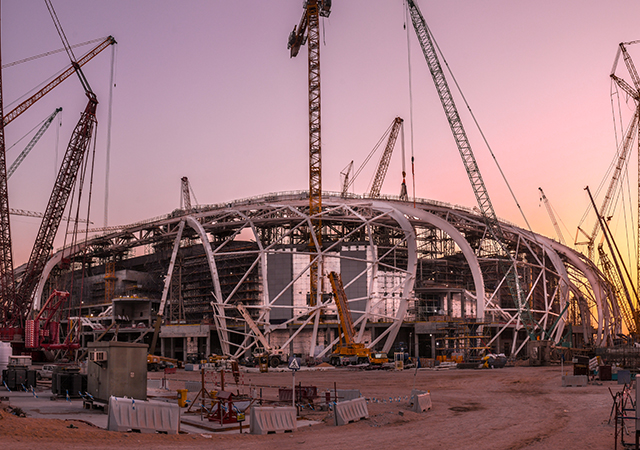
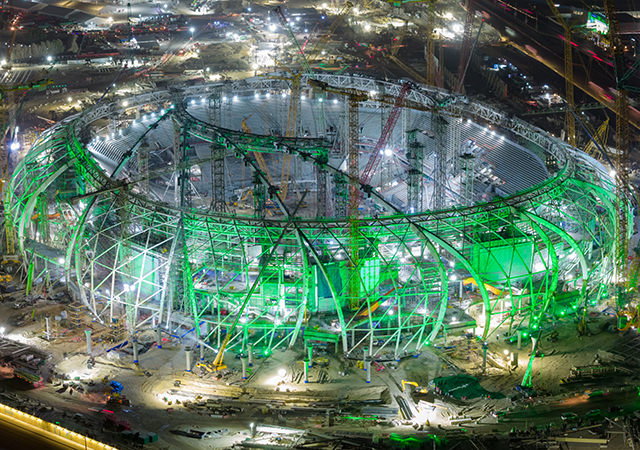
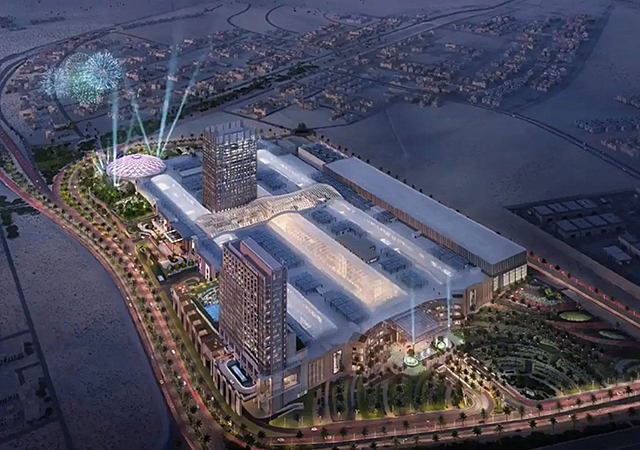
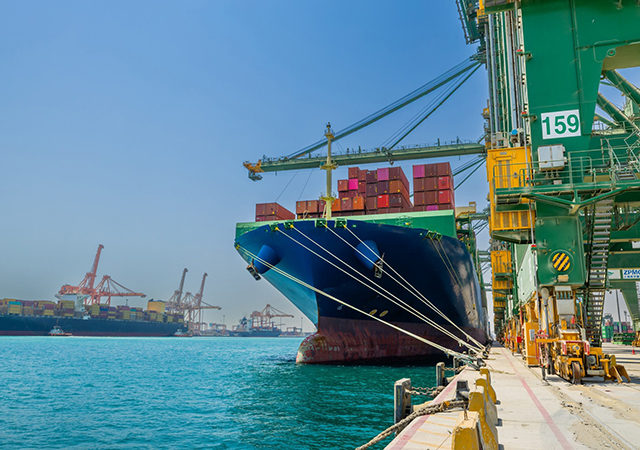

.jpg)



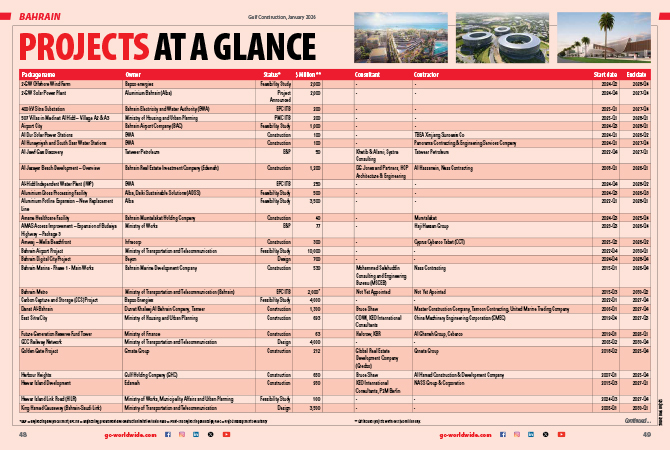
.jpg)

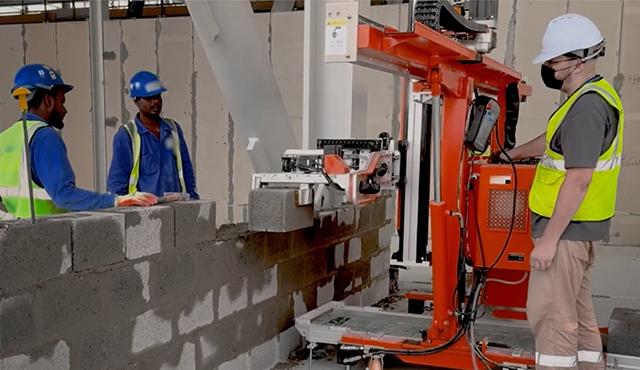

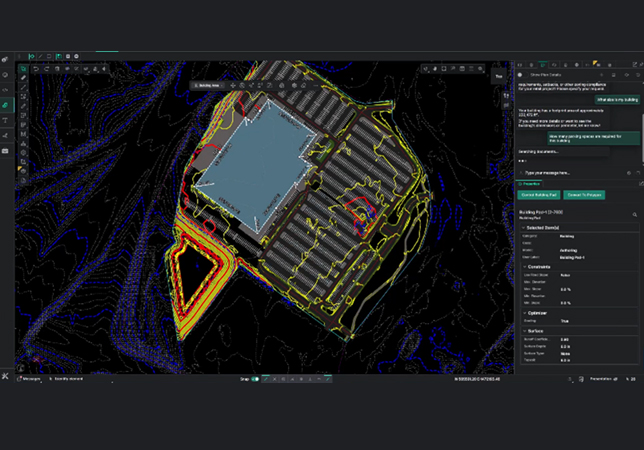





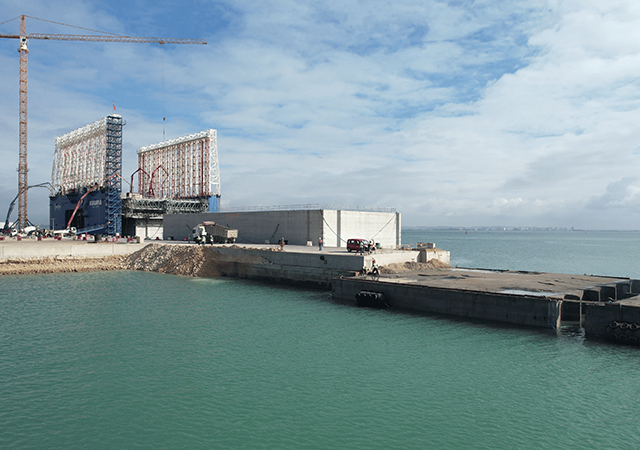





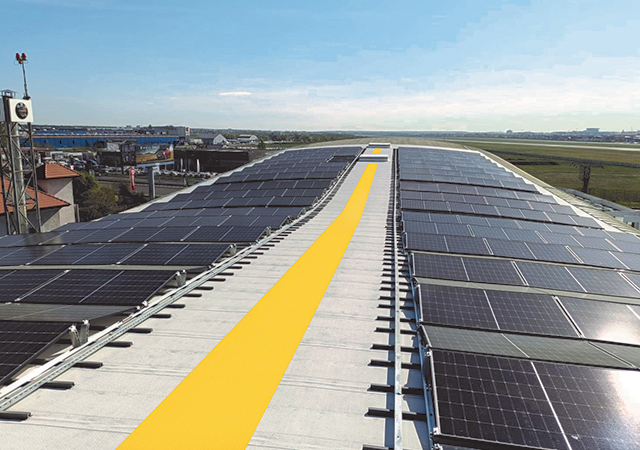

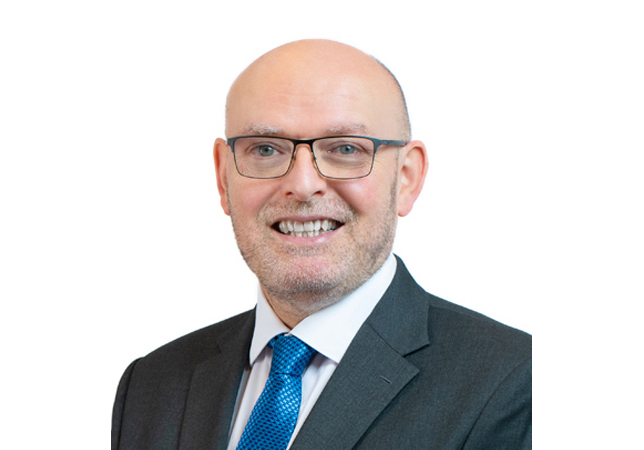
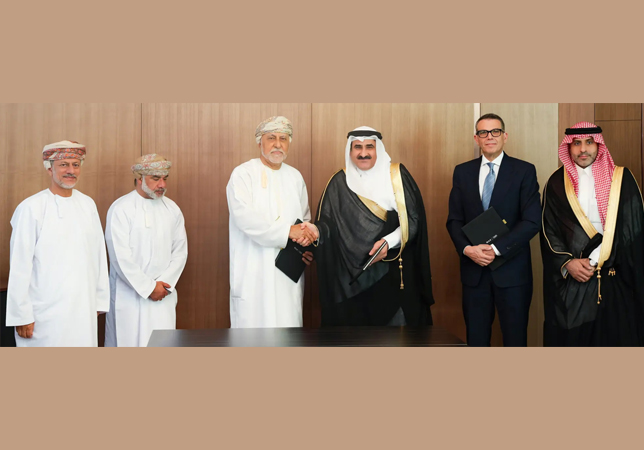



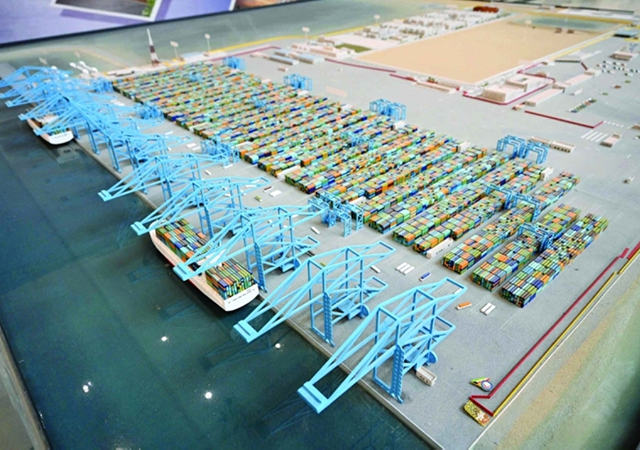
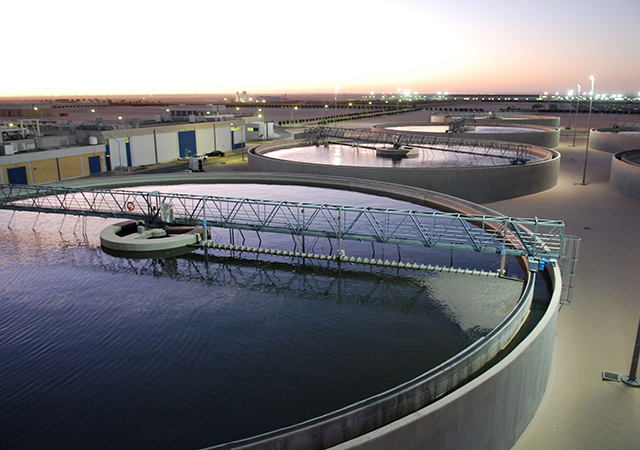
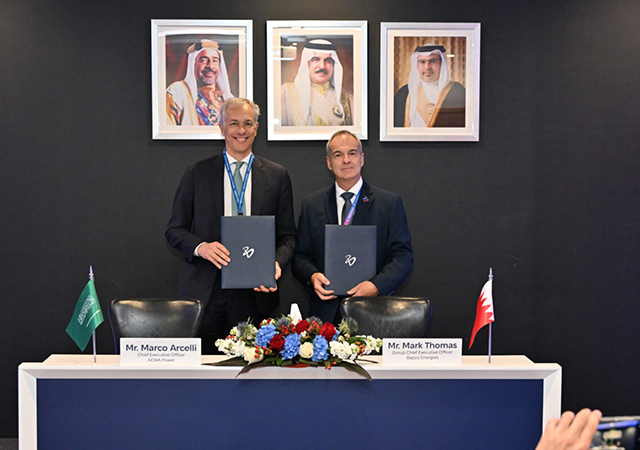
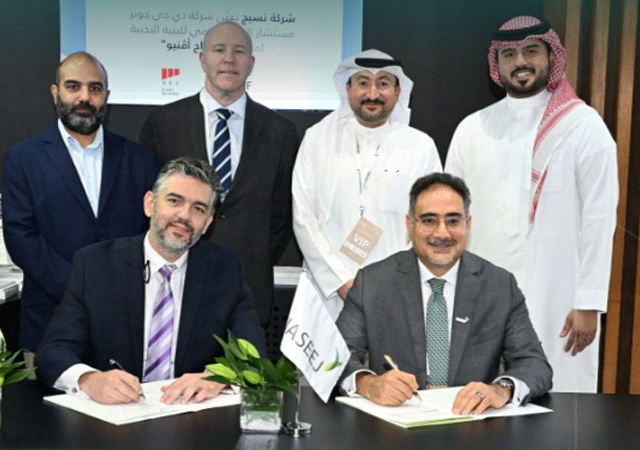
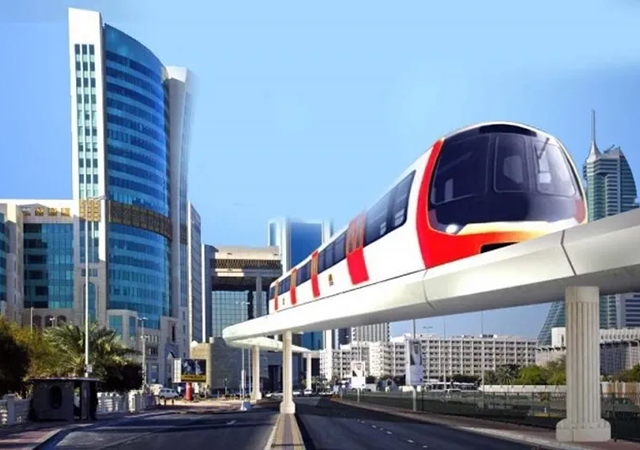
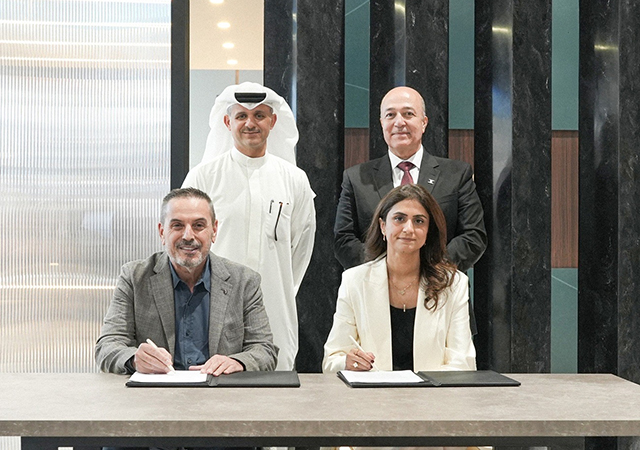
.jpg)
